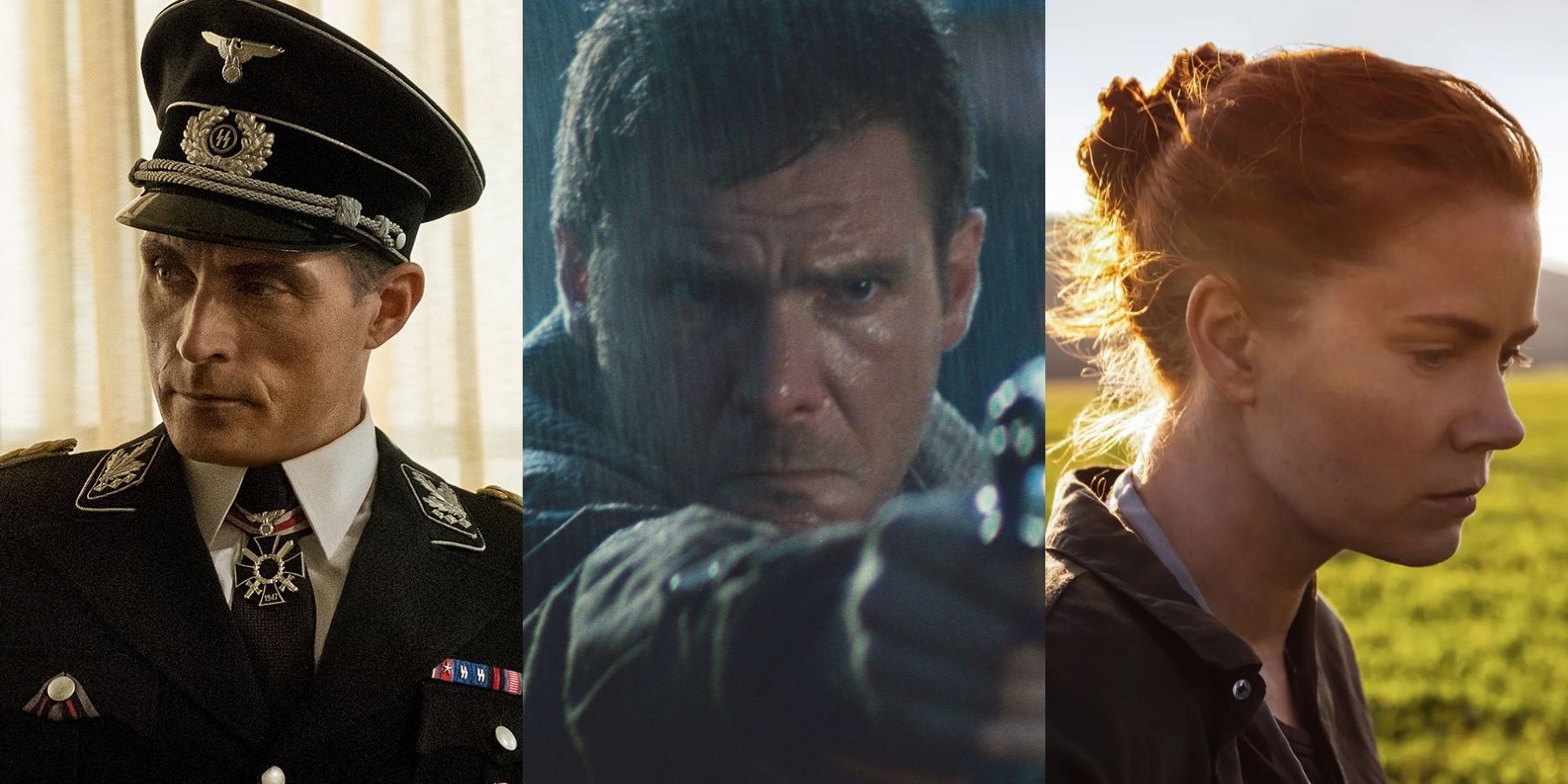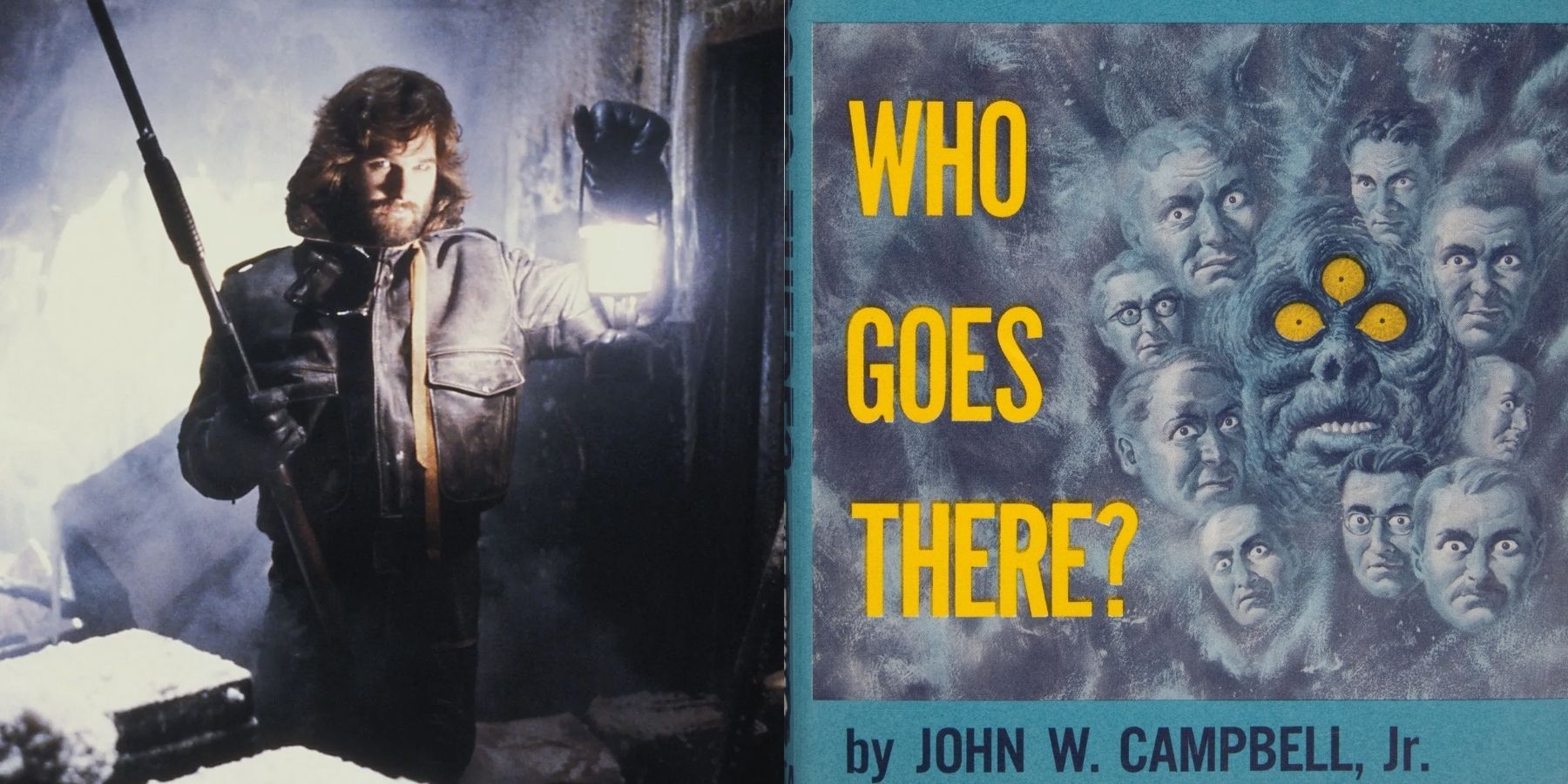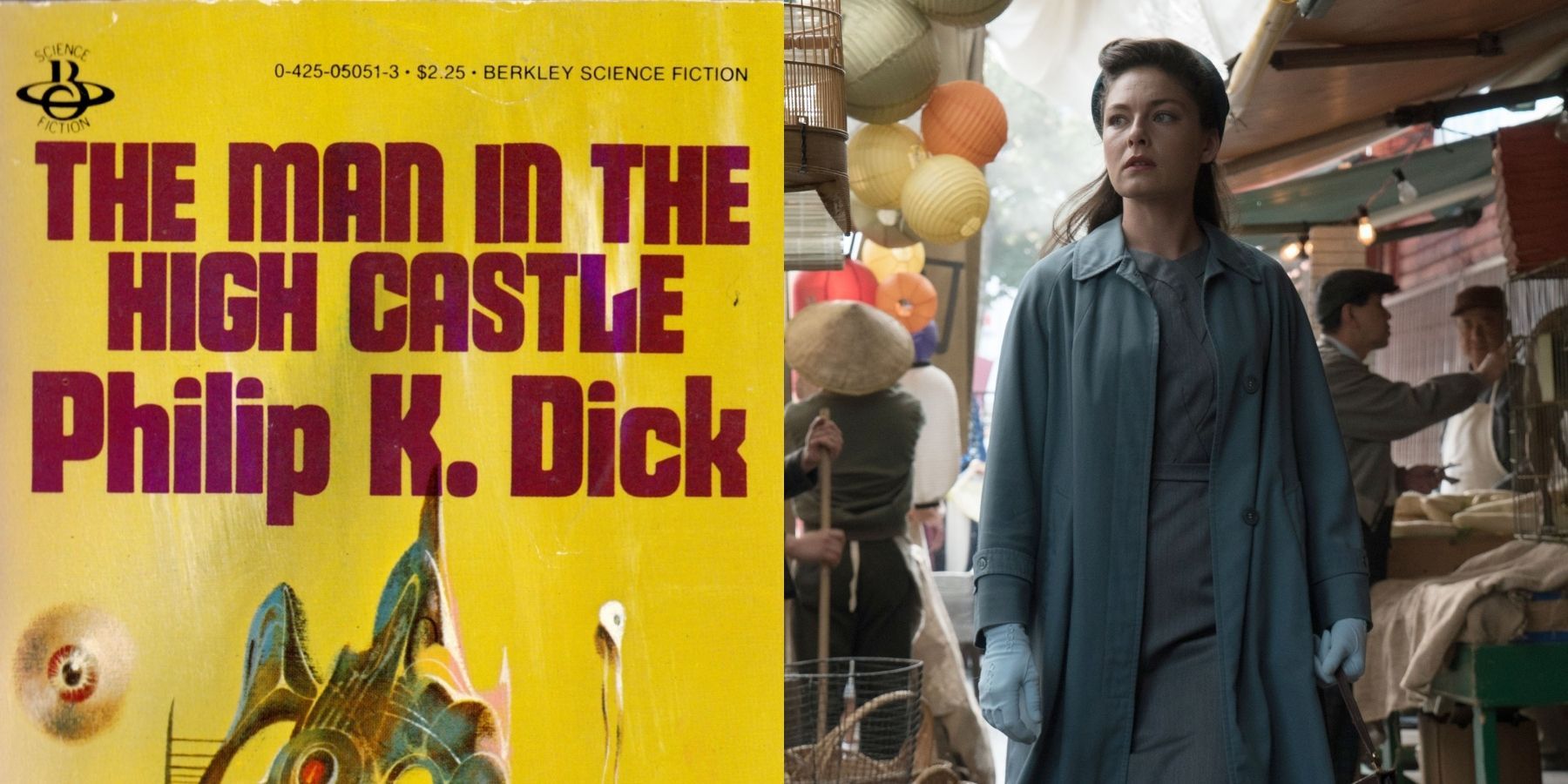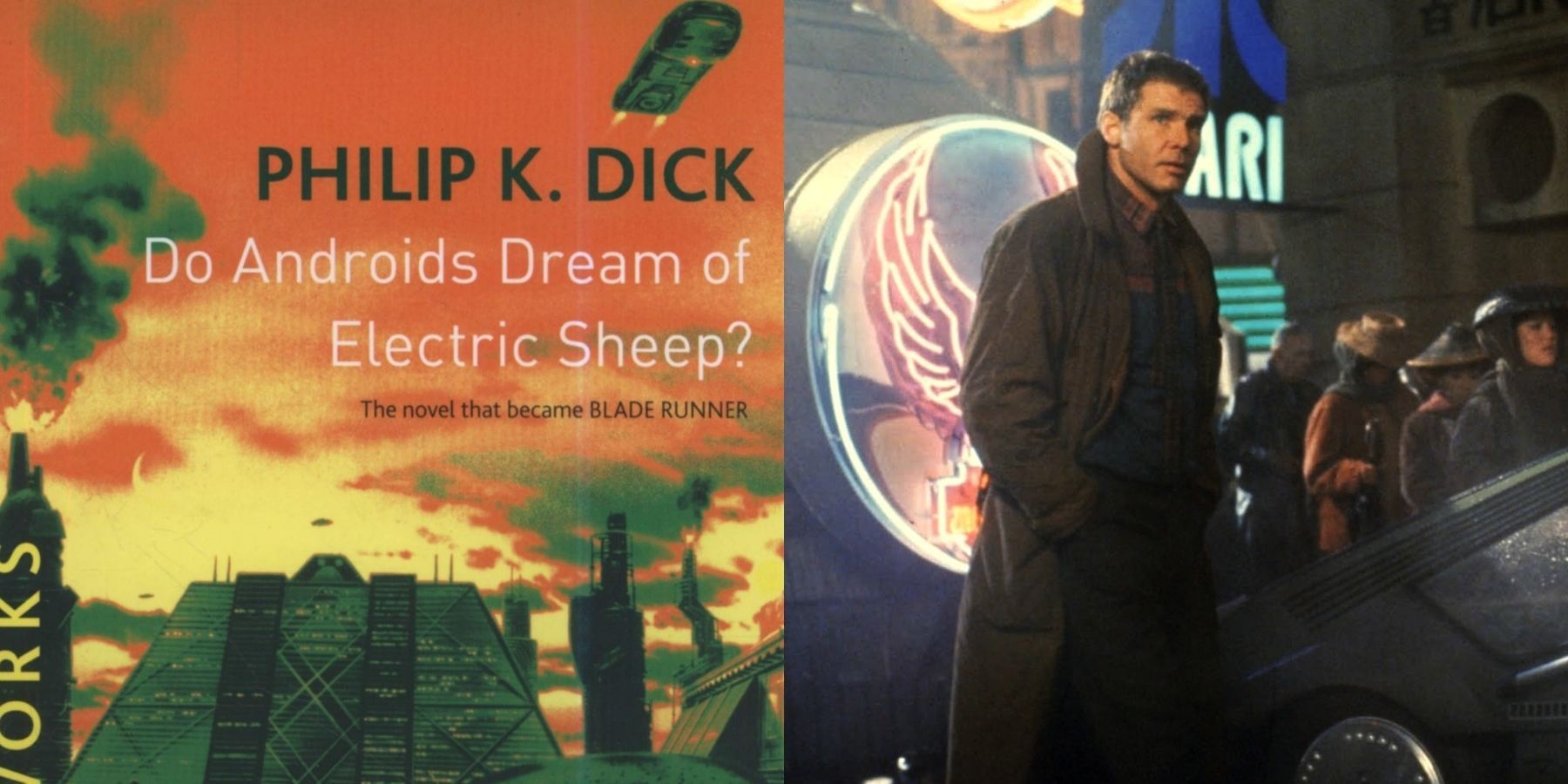Adaptations are always a gamble. Some stories just aren't translated to screen as they are books, comics, or even plays. One genre is particularly tough — science fiction. While it doesn't give as much lore that needs to be explained as fantasy does, the genre still poses a great challenge to a director or writer. Sci-fi relies on a new technology or advancement that the viewer must understand, while the story still feels tied to the world around them.
Some adaptations fail at this. Most pass with good reviews and fan approval. But some sit high above the rest, upstanding the original work entirely. This is especially tricky in any genre, but sci-fi fans are often dedicated to the material, ready to pick apart any inconsistencies or major changes to their favorite source material. Still, these particular film and TV adaptations did it right, changing what they need to while maintaining a connection to their respective sources.
Arrival
Starting our list is a film that’s sure to be hailed as a classic in the coming years. Denis Villeneuve’s Arrival — released in 2016 and nominated for eight Academy Awards — tells the story of alien encounters from a perspective rarely seen, that of a linguist in charge of communicating with the beings (played by an amazing Amy Adams.) The science-fiction drama is adapted from a 1998 short story by American writer Ted Chiang called Story of Your Life. Arrival stays true to the plot that Chiang laid out in his story but is made into a spectacle by the film’s cinematography and performances, displaying the scale of humans against extra-terrestrial life. The adaptation also does a wonderful job at making the field of linguistics accessible for the viewer through its main character, Louise Banks.
The Thing
While it's true that this 1982 horror film starring Kurt Russel has a book of the same name, it came after the film — think of the popular novelizations of films like Alien and Halloween. John Carpenter’s The Thing is based on the 1938 novella Who Goes There? by John W. Campbell Jr. (published under the pseudonym Don A. Stuart.) Carpenter’s adaptation not only expands on Campbell Jr.’s original story but pays serious homage to it by staying true to the Thing’s transformations with the help of practical effects like stop-motion animation and animatronics. While The Thing was poorly received at its initial release, it's now regarded as one of the best science-fiction films of all time.
The Man in the High Castle
This list would not feel complete without an adaptation from acclaimed author Philip K. Dick. Dick’s 1962 novel The Man in the High Castle tells an alternate history wherein the Axis Powers (Nazi Germany, Japan, and Italy) won the Second World War instead of the Allies. What results is an interesting look at how America could have been changed by a single victory. The Man in the High Castle was adapted into a television series for Amazon Prime in 2015 and ran for four seasons. Due to its long and episodic nature, the show was able to expand more on Dick’s original world and characters from the novel, despite making a few story-related departures from the original novel.
Paprika
One of the most inventive sci-fi films of the last two decades is 2006’s Paprika. The anime is adapted from the 1993 novel of the same name by Yasutaka Tsutsui, which focuses on a device called the DC Mini that can help therapists analyze a person’s dreams. The exploration of dreams turns into a crime thriller when the DC Mini is stolen by an unknown person, who begins to hijack others’ dreams and control the dreamers. The brilliant Doctor Atsuko Chiba enters the dreams as the beautiful and charming Paprika, working as a detective to catch the criminal.
A stunning novel on its own, Paprika is only enhanced by Satoshi Kon's adaptation. What makes the film shine is its perfect translation from words to the beautiful animation Kon is known for. The concept of exploring another person's dreams and how ever-changing and complex a place like that would be is perfectly captured by the sprawling animation style of the film, which remains fluid from beginning to end. The art easily melds dream and reality together, creating a colorful journey through the subconscious while still telling an amazing story.
Blade Runner
Another adaptation from a Philip K. Dick piece rounds out the list. One of the most famous science-fiction films of the last fifty years, Ridley Scott’s 1982 Blade Runner is based on Dick’s 1968 novel Do Androids Dream of Electric Sheep? The film is renowned for its stunning visuals and deep story that explores what it truly means to be human. It's also a beloved cult classic and seen as one of the pioneers of visual effects. While the screenplay changes a handful of locations and plot points, Blade Runner still keeps Dick’s original vision intact.






